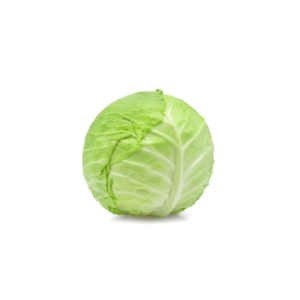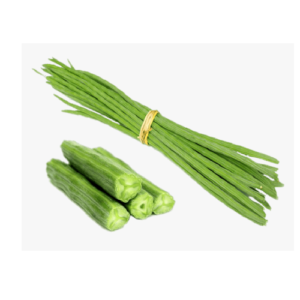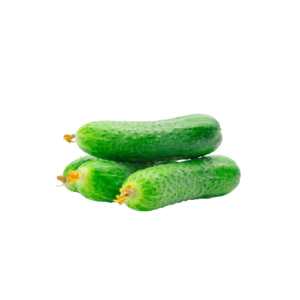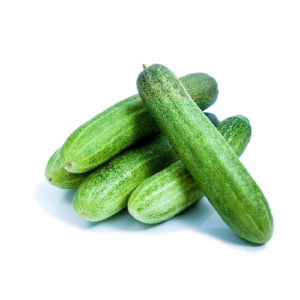Description
Lau, also known as Bottle Gourd (Lagenaria siceraria), is a popular vegetable in South Asian cuisine, particularly in Bengali, Indian, and Pakistani cooking. The vegetable is long, cylindrical, and green in color with a mild taste and high water content. It is used in a variety of savory and sweet dishes. Here are two types of Lau with their descriptions:
-
Fresh Lau (Bottle Gourd – Raw):
-
Description: Fresh Lau is typically long, smooth, and green, with a firm outer skin that is slightly waxy. The flesh inside is white, crisp, and watery. When peeled, the flesh is soft and mild in flavor, often described as slightly sweet with a very subtle taste. It contains edible seeds, which are soft and spongy when cooked.
-
Uses: Fresh Lau is widely used in curries, dal, stews, and stir-fries. A very popular Bengali dish made with Lau is Lau Chingri, where bottle gourd is cooked with shrimp and spices. It is also used in Lau curry, often cooked with potatoes, and is a key ingredient in vegetable stews. In some regions, Lau is added to soups and pulao. Due to its mild flavor, it absorbs the spices and other ingredients it is cooked with, making it very versatile.
-






Reviews
There are no reviews yet.